Tags
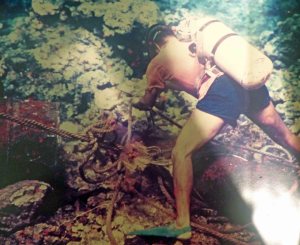 Sunday, 17th February 2019, marked 100 years since the birth of Reece Discombe, diver on the Laperouse Wrecks. It was also the 231st anniversary of the death of Claude-Francois Joseph Louis Receveur. There were two masses held for Receveur - the first at 8am and the second at 11am (details below)
Sunday, 17th February 2019, marked 100 years since the birth of Reece Discombe, diver on the Laperouse Wrecks. It was also the 231st anniversary of the death of Claude-Francois Joseph Louis Receveur. There were two masses held for Receveur - the first at 8am and the second at 11am (details below)
Reece Discombe was born in Cambridge, New Zealand, on the 17th February 1919. The Cambridge Historical Society has provided more details in their February 2019 Newsletter. Russell Shelton, the author of “From Hudson Bay to Botany Bay” described Reece as the perfect man to be involved in diving the Laperouse Wrecks as he had “an affinity for salt water, his physical power and swimming ability, coupled with a natural mechanical aptitude with motors and metals …prepared him well for his involvement in the saga of Laperouse. His interest in salvage diving led Reece to the New Hebrides in 1947. The largest island “Espiritu Santo” had an enormous war surplus dump which he astutely realised could be used to supply the marketplace that had been starved for six years of newly manufactured machinery. For fourteen years, he carried out salvage dives on wrecks around the New Hebrides. He jokingly described himself “as having spent half of his life underwater”. Reece had read much of the material available about Laperouse. 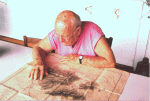 His curiosity resulted in the establishment of an expedition party in 1958. The party left Vila for Vanikoro on the sixty foot launch, the “Don Quixote”. From this trip, which was to be the first of many made between 1958 and 1964, Reece and his companions found many treasures including cast iron ballast blocks, lead ingots, brass wheels, cannons, iron rods, kegs of nails, buttons, hundreds of glass pieces, fragments of white porcelain and a number of anchors. He returned with teams of divers to the “Astrolabe” site many times. (Photos: top - Reece diving; above left: taken by Peter Stone, Oceans Enterprises; above right - Reece in Port Vila with map of Vanikoro, 2002)
His curiosity resulted in the establishment of an expedition party in 1958. The party left Vila for Vanikoro on the sixty foot launch, the “Don Quixote”. From this trip, which was to be the first of many made between 1958 and 1964, Reece and his companions found many treasures including cast iron ballast blocks, lead ingots, brass wheels, cannons, iron rods, kegs of nails, buttons, hundreds of glass pieces, fragments of white porcelain and a number of anchors. He returned with teams of divers to the “Astrolabe” site many times. (Photos: top - Reece diving; above left: taken by Peter Stone, Oceans Enterprises; above right - Reece in Port Vila with map of Vanikoro, 2002)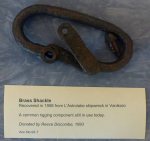
In 1964, he discovered and explored the “Boussole”. This resulted in the launch of three French sponsored expeditions to confirm the existence of the second wreck. Reece’s perseverance in confirming the site of the “Astrolabe” and determining the location of the “Boussole” has contributed greatly to a fascinating part of maritime history. (Notes compiled by Reece Discombe and Diana New, 1993)
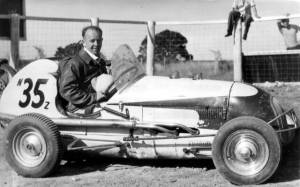 In addition to being a famous diver Reece was also New Zealand’s midget racing car champion of 1949. Pictured here in a Ford V860.
In addition to being a famous diver Reece was also New Zealand’s midget racing car champion of 1949. Pictured here in a Ford V860.
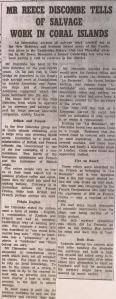 From the Waikato Independent 1963.
From the Waikato Independent 1963.
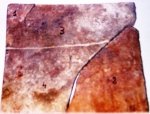 Reece donated a number of items to the Laperouse Museum, including the Altar Stone(photo left), Mill Stone, Brass Pulley Wheel, Lead ingots, Roll of Brass Wire, Brass Trumpet, Fragment of Astrolabe, Brass Shackle, Anchor, Flanged Brass Pipes, Brass Stanchion, Cannon
Reece donated a number of items to the Laperouse Museum, including the Altar Stone(photo left), Mill Stone, Brass Pulley Wheel, Lead ingots, Roll of Brass Wire, Brass Trumpet, Fragment of Astrolabe, Brass Shackle, Anchor, Flanged Brass Pipes, Brass Stanchion, Cannon
Reece died 2nd June 2007.
It was perfect weather for celebrations with early morning cyclists around the loop and sailors in Frenchman’s Bay.
The Receveur Mass organised by Lee Leo of St Andrews, Malabar, was held at 11am with about 210 followers in attendance. Father David Blowey OFM CONV was the Principal Celebrant. Father Blowey is the Provincial Delegate Order of Friars Minor Conventual, Greyfriars Australia. 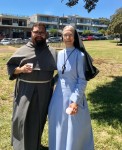 Co-celebrating were
Co-celebrating were 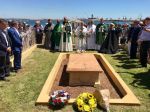 Fr Laurie Cauchi from St Andrews, Fr Willis Melderea, Chaplain to the Francophone Catholic Community, Father Martin Mai OFM Conv and Fr. Leonard Testa OFM Conv. Special guests in attendance included Mr Nicolas Croizer, French Consul-General, Federal MP, Hon. Matt Thistlethwaite, and Councillors Danny Said, Carlos da Rocha and Noel Da Souza. The Sydney Seaside Lions provided the sausage sizzle and Friends of the Laperouse Museum refreshments.
Fr Laurie Cauchi from St Andrews, Fr Willis Melderea, Chaplain to the Francophone Catholic Community, Father Martin Mai OFM Conv and Fr. Leonard Testa OFM Conv. Special guests in attendance included Mr Nicolas Croizer, French Consul-General, Federal MP, Hon. Matt Thistlethwaite, and Councillors Danny Said, Carlos da Rocha and Noel Da Souza. The Sydney Seaside Lions provided the sausage sizzle and Friends of the Laperouse Museum refreshments.
Frank Carleton, Convenor, PERE RECEVEUR COMMEMORATION COMMITTEE
As advertised this continuous annual event occurred on 17th February, the actual anniversary of the Conventual Franciscan friar’s death in 1788. Mass was celebrated AT 8AM in the ancient traditional Latin rite used by the two priests of the Laperouse Expedition at Botany Bay in early 1788.
Father Eric Ladner SSPX said the Mass on the verandah of the Laperouse Museum and preached the occasional sermon on the inception of the Mass in Australia by the priests of the Laperouse Expedition.. The Mass was followed by a procession of priest and congregation chanting the In Paradisum to the grave for final prayers for the dead and the chanting of the Salve Regina. The grave on which a wreath had been placed was aspersed with holy water by Father Ladner. The congregation of some 130 people included 6 Sisters of St. Pius X.

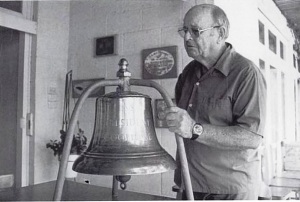
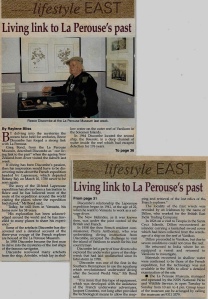
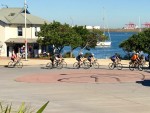
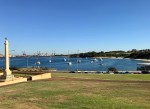

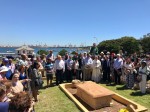
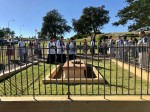
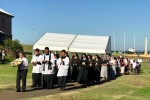

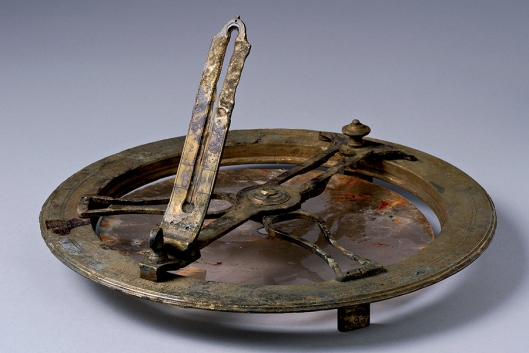
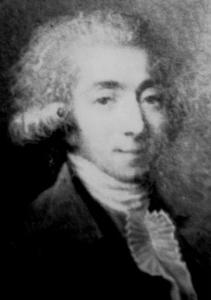

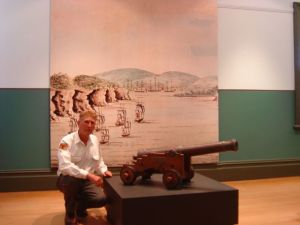
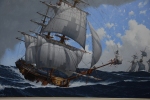
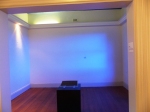
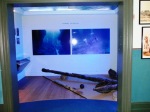

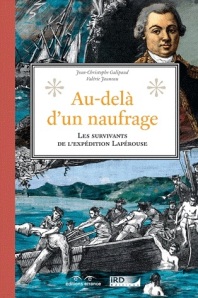
You must be logged in to post a comment.